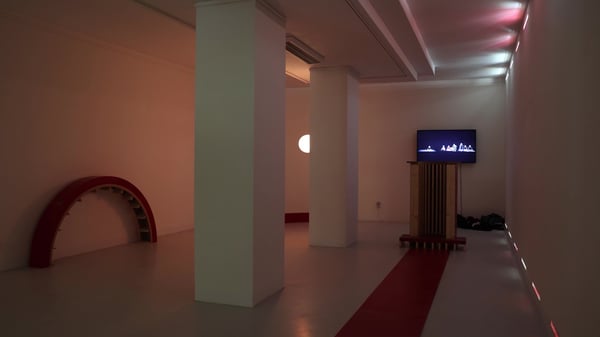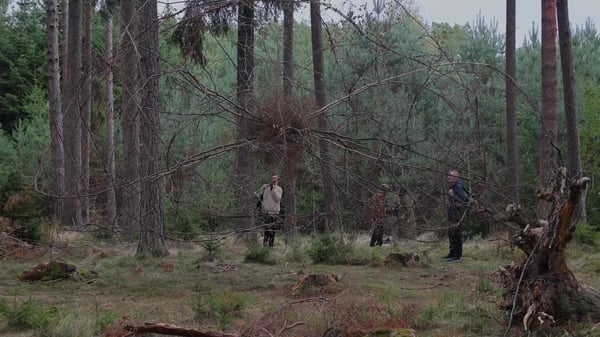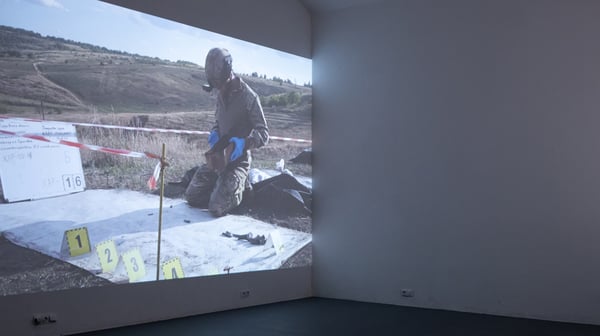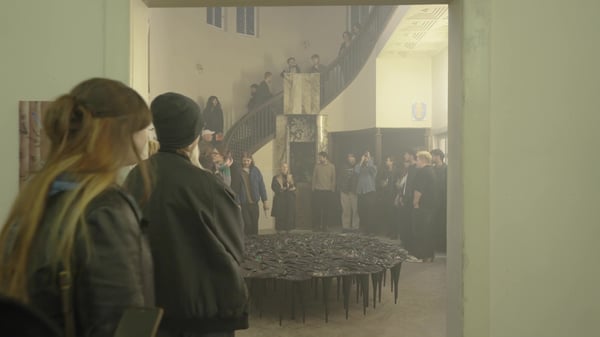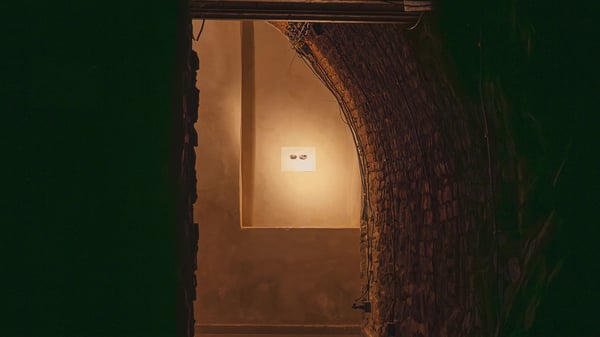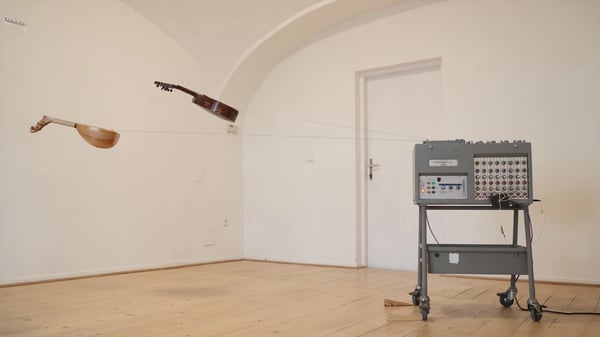In spite of all efforts to stabilize and unify Europe after the WW2, political, economic and cultural differences still divide the old continent into developed North and underdeveloped South, into enlightened and cultural West and uncivilized East. By mid 1950s the restored economy of the West Germany faced a labour shortage and the state had to sign many recruitment agreements with the states like Italy, Spain, Greece, Turkey, Morocco, Portugal, Tunis and Yugoslavia. Largely unqualified and badly educated, those migrants became known as excellent physical and manual workers, but they were expected to return to their countries after a certain number of years.
Through this exhibition at the Fine Arts Gallery in the Cultural Centre of Belgrade Jamesdin examines the concepts of multicultural society and integration process on the example of his own experience, his own first-hand knowledge. Several years ago, when he faced a personal and professional decision to move to Berlin – the new European capital of arts – he did not suspect that his decision and experience in the new surrounding will provide the main subject for his works. Before he moved to Berlin, the artist had worked, among other jobs, as a teacher of fine arts in a Belgrade elementary school. To become an acceptable and productive member of the German society, Jamesdin had to attend an integration course, i. e. to become a pupil. The exchanged roles resulted in an interesting situation for the artist; with other attendants of the course, coming mostly from African, Asian and former Soviet countries, he had to learn German history and language if he wanted to obtain the right to legally perform even the simplest work.
